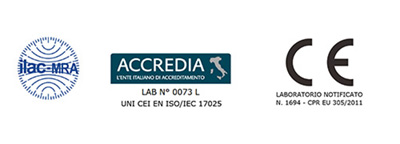 Raw materials used in the glass industry (e.g. silica sands, limestones, dolomites, feldspars and glassy sands) may contain mineral phases that can be classified as high melting due to their high content of aluminium, chromium or zirconium. These phases can be traced back either to the natural mineralogical associations characteristic of the extraction site (quarry, mine, etc), or to accidental contamination (e.g. during delivery, due to not properly cleaned cargo holds); moreover, their quantity within the raw materials is subject to extreme variability for this very reason.
Raw materials used in the glass industry (e.g. silica sands, limestones, dolomites, feldspars and glassy sands) may contain mineral phases that can be classified as high melting due to their high content of aluminium, chromium or zirconium. These phases can be traced back either to the natural mineralogical associations characteristic of the extraction site (quarry, mine, etc), or to accidental contamination (e.g. during delivery, due to not properly cleaned cargo holds); moreover, their quantity within the raw materials is subject to extreme variability for this very reason.
The presence of high melting phases can represent a serious problem for the production of glass articles, as they can give rise to the formation of infused particles and other critical defects in the finished products.
Stazione Sperimentale del Vetro is capable of providing analytical support to glass producers for the identification of high melting phases, the individuation of their possible origin, and the estimation of the potential hazard.

